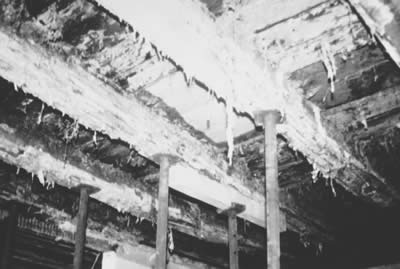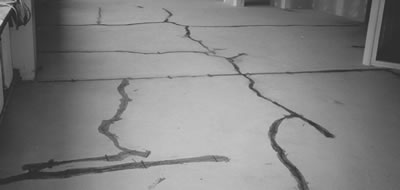![]() The problem: Many screeds are unsuitable for old buildings
The problem: Many screeds are unsuitable for old buildings


Standard screeds used in old buildingsand heat up slowly, site later on, (base-bonded, laid on a separating layer, laid on insulation) and common floor coverings, |
![]() The problem: Many screeds are unsuitable for old buildings
The problem: Many screeds are unsuitable for old buildings


Standard screeds used in old buildingsand heat up slowly, site later on, (base-bonded, laid on a separating layer, laid on insulation) and common floor coverings, |